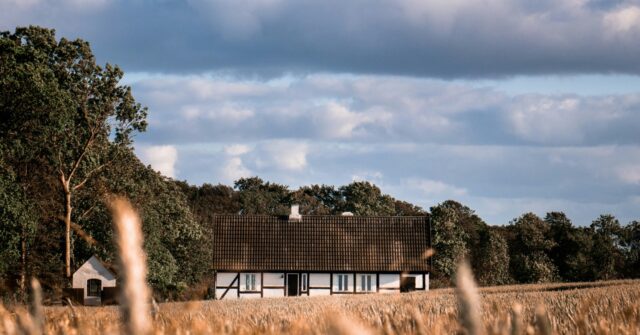On Monday, Danish lawmakers reached a significant agreement to plant one billion trees and convert 10% of the nation’s farmland into forest and natural habitats over the next two decades. This initiative is part of Denmark’s broader strategy to tackle environmental concerns, particularly by reducing fertilizer usage, which is detrimental to the ecosystem. The proposal has been heralded by the government as “the biggest change to the Danish landscape in over 100 years,” highlighting its transformative potential. Jeppe Bruus, head of Denmark’s Green Tripartite Ministry, noted that these changes would dramatically alter the Danish landscape, reminiscent of the significant shifts that occurred when wetlands were drained in 1864.
The ambitious deal includes a substantial financial commitment of 43 billion kroner (approximately $6.1 billion) allocated for land acquisition from farmers over the next two decades. This funding will facilitate the expansion of Danish forests by an additional 250,000 hectares (618,000 acres) and the conversion of 140,000 hectares (346,000 acres) of currently cultivated land, particularly in low-lying areas that contribute to climate change. At present, forests cover around 14.6% of Denmark’s land, indicating that extensive efforts are needed to meet the new targets.
The agreement has emerged from a collaborative approach involving multiple stakeholders, including the three-party Danish government formed by the Social Democrats, Liberals, and the center Moderates, along with the Socialist People’s Party, Conservatives, Liberal Alliance, and Social Liberal Party. This collaboration showcases a unified commitment across different political factions towards addressing climate change and fostering environmental sustainability in Denmark. The broad spectrum of support highlights the urgency and importance of the measures being implemented.
Although a parliamentary vote is required to finalize the deal, it is largely considered a formality given the significant backing it has received. This consensus reflects an understanding among Danish lawmakers of the need for ambitious ecological strategies. Moreover, the government’s commitment goes beyond just tree planting and land conversion; it encapsulates a holistic approach to environmental policy, indicating a shift in priorities and a recognition of the pressing challenges posed by climate change.
In a related development, Denmark is taking a pioneering step by taxing livestock farmers for the greenhouse gas emissions produced by their animals starting in 2030. This makes Denmark the first country to impose such a tax, aiming to address one of the primary sources of methane emissions, which is a potent greenhouse gas contributing to global warming. This measure, alongside the large-scale afforestation and habitat restoration plans, signifies a comprehensive strategy to mitigate environmental impacts and advance climate goals.
Overall, Denmark’s plan to plant one billion trees and convert a significant portion of farmland into natural landscapes represents a landmark initiative in the country’s environmental policy. It reflects a commitment from various political groups and civil society to addressing climate challenges through transformative ecological changes and regulatory measures that target emissions. With the backing of substantial funding and a collaborative framework, Denmark appears poised to make significant strides towards a greener future, setting a precedent for other nations to follow in their quest for sustainability.

